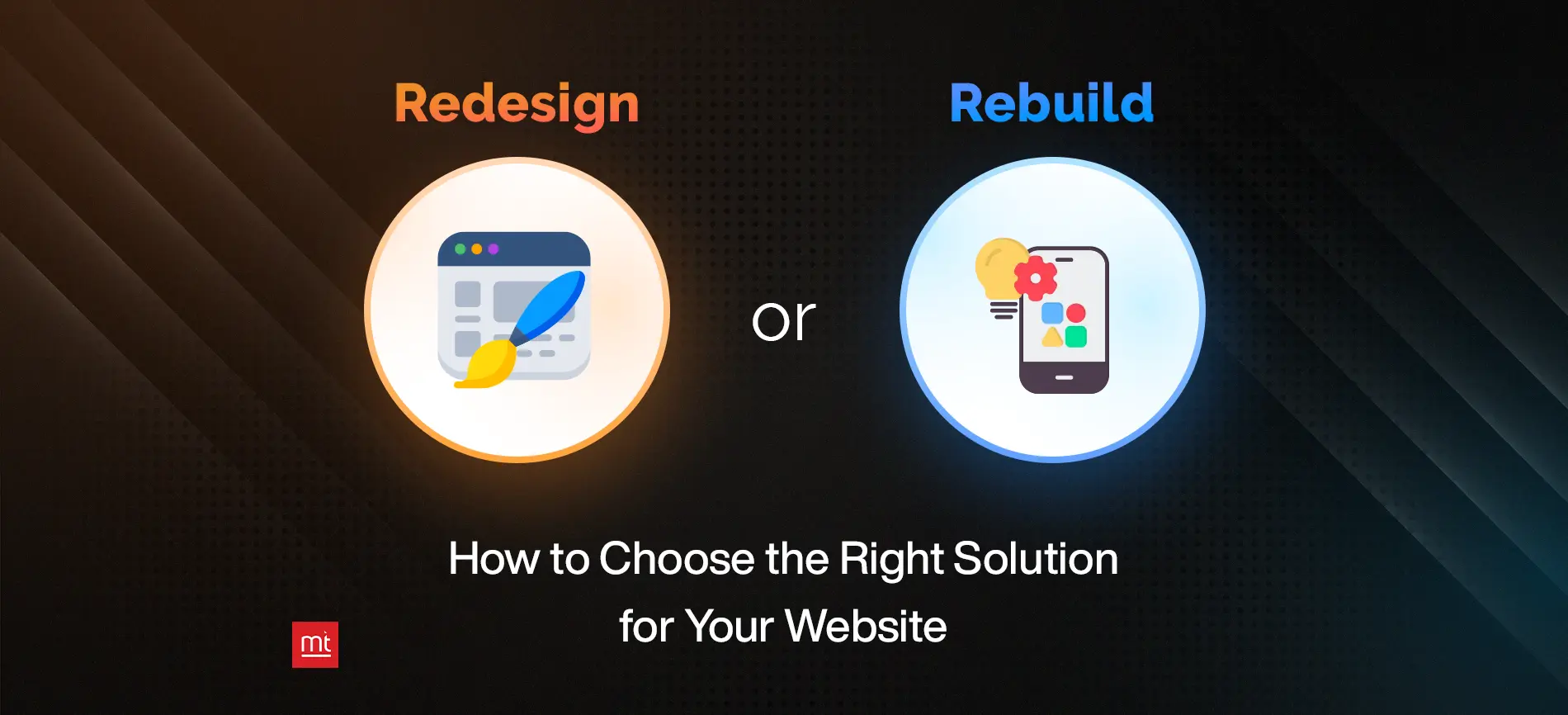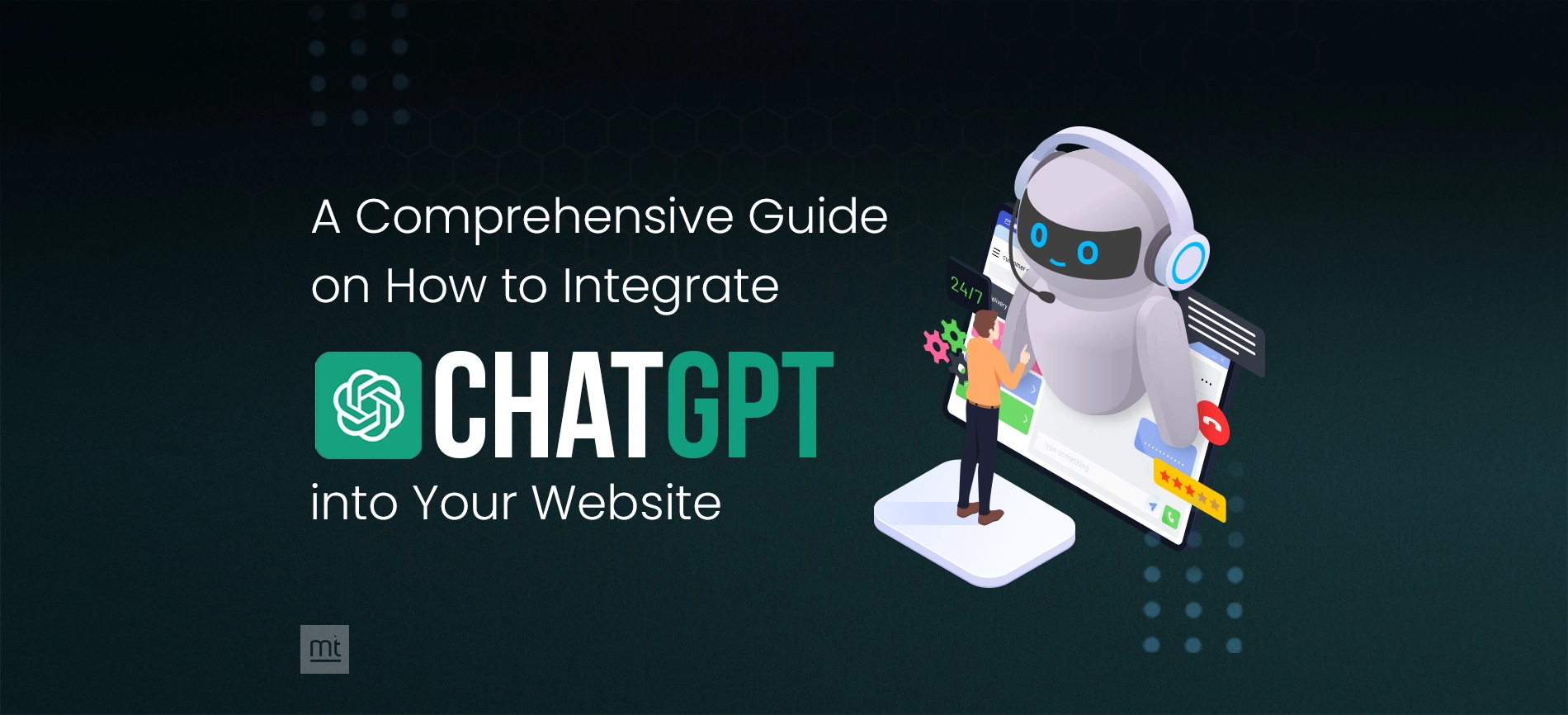WordPress is one of the leading content management systems for hosting any website. It is undoubtedly easy to use, but you can hire a WordPress developer to get things done quickly. The hiring process is also straightforward. Just search for 'WordPress developer near me,' and you get a list of developers. While hosting the WordPress website is easy, security-related issues pose challenges to every site owner and developer.
So, when you search for 'WordPress developers,' keep looking at their experience. Experienced developers can suggest better security measures. Of course, you can individually take care of the security as well.
Here are the top 15 tips to secure the WordPress site from all security threats.
1. Use secure login and strong passwords
People still use simple passwords such as '123@abc' or '12ab34cd'. To secure the WordPress website, use strong passwords. You can use a password manager for the same. You can also enable two-way authentications that require two devices for login.
2. Reduce the user permissions
WordPress sites can have multiple users. This increases the vulnerability of your website to cyber threats. Limit the number of users who have admin rights. With fewer users, you can limit the security threats from your end.
3. Choose a reliable hosting service
Check with the hosting service about their security strategy. Explore how they keep your website secure and what happens if there is any security breach.
4. Get SSL certificates
Millions trust secure Sockets Layer (SSL) certificates for security. You can purchase this certificate from the hosting providers themselves and then force the HTTPS redirection. HTTPS ensures that the connection is encrypted and secure.
5. Install security plugins
You can install one or more security plugins on your website to help you scan your website for security threats. Many platforms, such as the Hubspot Content Management system, provide you with a malware and threat detection system. You can hire a WordPress plugin developer to get a better understanding.
6. Use the WordPress theme compliant with WordPress standards
Do not pick up the pieces that look great. Instead, use the secure WordPress themes. The official WordPress theme directory contains several such secure themes. You can hire a WordPress developer to help you with the themes.
7. Use the updated WordPress version
WordPress rolls out new versions and updates after issues are reported. So, new updates may be more secure. Always keep the updated version of WordPress to stay on the safer side. You can turn on the 'auto update' feature and stay relaxed about updates.
8. Create a backup
Using WordPress, you can back up your site. You may be taking all the measures to make the site secure. What happens if your site gets hacked? There is always a possibility of a cyber attack. Keep the backup ready, so you do not lose any information in such situations.
9. Activate WordPress monitoring
You will be amazed that you can keep your WordPress site secure with the WordPress Monitoring plugin. This plugin monitors the activities on your WordPress site. It will alert you in case of any suspicious activity. You can immediately take the required action.
10. Track user activity
Another way to keep the WordPress site secure is by logging the movement on the site. You can start creating a log of all the activities. Then check the log from time to time. Stay alert for any suspicious activity, such as password changes. Verify if the difference is legitimate and take necessary action.
11. Keep the wp-config.php file safe
the wp-config.php file contains essential information about your WordPress site. It is in the root directory, and you should always keep it protected. Just change its physical location and update it in the configuration settings.
12. Disable file editing
There is a high chance that the hacker changes the file's code after hacking into the admin account. Disabling the file editing permission is the best solution to such threats.
13. Omit all 'admin' usernames
Is the first account with the admin username still active and working for your WordPress account? This makes the site vulnerable to hacking. Delete or change the Admin username when creating the site and different accounts.
14. Re-visit the directory permissions
If you are using WordPress on shared hosting, you should check the directory permissions. Check if you have set the directory permissions to '755'. You can keep the license for files as '644'. This is a great way to secure the entire file system.
15. Activate the website lockdown feature
Recurring brute attacks should be identified and tackled. You can add different security plugins that lock the website in case of repeated malicious attacks, such as multiple wrong passwords.
Why does your WordPress Site Security matter?
When cyber security has become a crucial matter for any business owner, we should not forget the fact that WordPress sites are also vulnerable to malware attacks. It may face security issues if attention is not paid to essential factors like- outdated plugins, themes, and core software. In addition, hackers or attackers may push spammy keywords on your high-ranking pages, which will not grab your attention immediately. SEO spam is easily noticeable to crawlers and, thus, prove hazardous to your business.
To avoid such unforeseen situations, it is better to be awake from the beginning of your site development. Then, use high-quality plugins and follow the thumb mentioned above rules to keep your website protected. So, before you make your WordPress website, just make sure you adhere to the checklist mentioned above and avoid any impending threat.
About Author
Subscribe to Our Newsletter!
Join us to stay updated with our latest blog updates, marketing tips, service tips, trends, news and announcements!




















